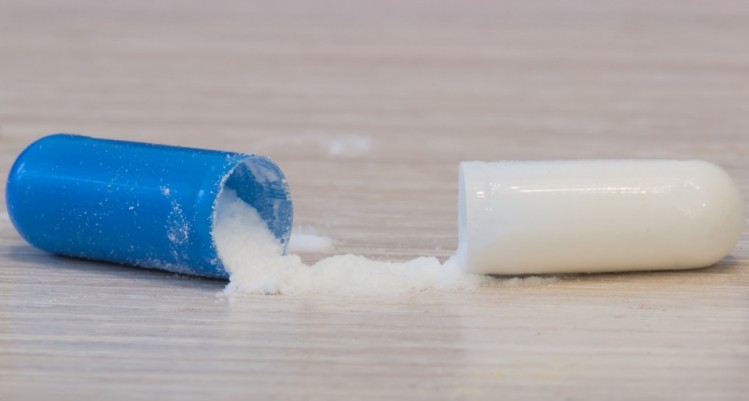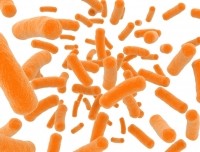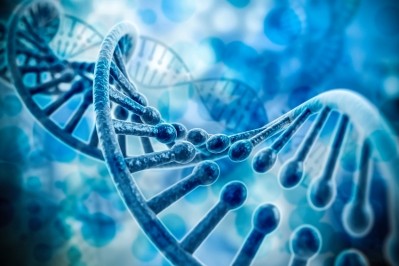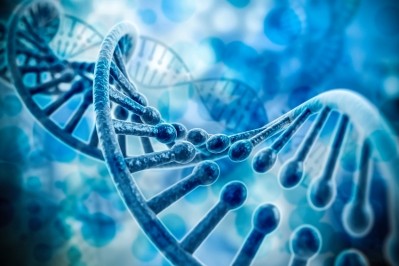To persist or not persist: Personalising probiotics

The research team based at the University of Alberta in Edmonton, Canada, used Bifidobacterium longum AH1206, one of the common species of bacteria found in the human gut.
A total of 22 individuals were enrolled, half of which took daily doses of B. longum AH1206, with the remaining half ingesting a placebo. After a couple of weeks the treatment was switched.
Led by professor Jens Walter, senior study author and chair for Nutrition, Microbes and Gastrointestinal Health at the University of Alberta, the team then recorded changes in the gut microbiome over a period of time, focusing particularly on bacterial and genetic makeup.
30% of subjects who took this probiotic recorded continued colonisation for six months after they had stopped taking it.
Walter called these subjects ‘persisters’ referring to the differences in their gut make up compared to those who did not show long-lasting affects from the probiotic.
“The findings suggest that [potential exists] in people who have lost or never acquired a certain valuable strain of gut bacteria due to use of an antibiotic or some other event,” explained professor Walter.
“It could be possible to repopulate the gut ecosystem. Since we can differentiate persisters from non-persisters, we could potentially personalise probiotic treatments."

“Most species of the genus Lactobacillus, and virtually all species that are used as probiotics, are not dominant members of the human gut microbiome,” professor Walter explained.
“In our study, we used a strain of B. longum, which is a dominant core member of the human gut microbiome. In a subset of individuals, it could be stably established.”
He added: “We need larger studies to test how good the predictive models that we have established worked. Such study should also be expanded to include a health outcome, as our long-term goal is to improve human health. One key question is if (and when) persistence is associated with some of the health effects of probiotics.”
Source: Cell Host and Microbe
Published online ahead of print, doi.org/10.1016/j.chom.2016.09.001
“Stable Engraftment of Bifidobacterium longum AH1206 in the Human Gut Depends on Individualized Features of the Resident Microbiome.”
Authors: Jens Walter et al.















